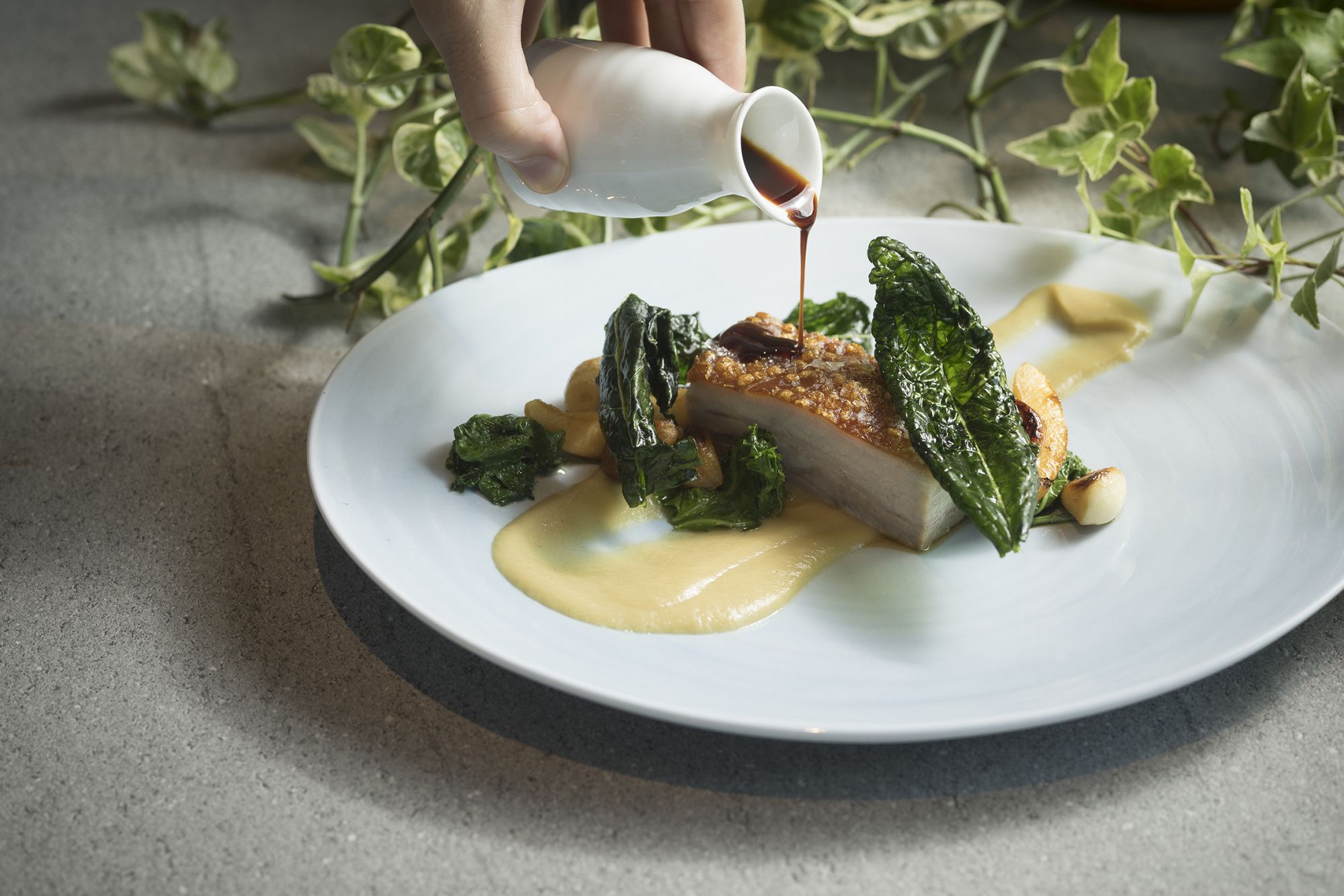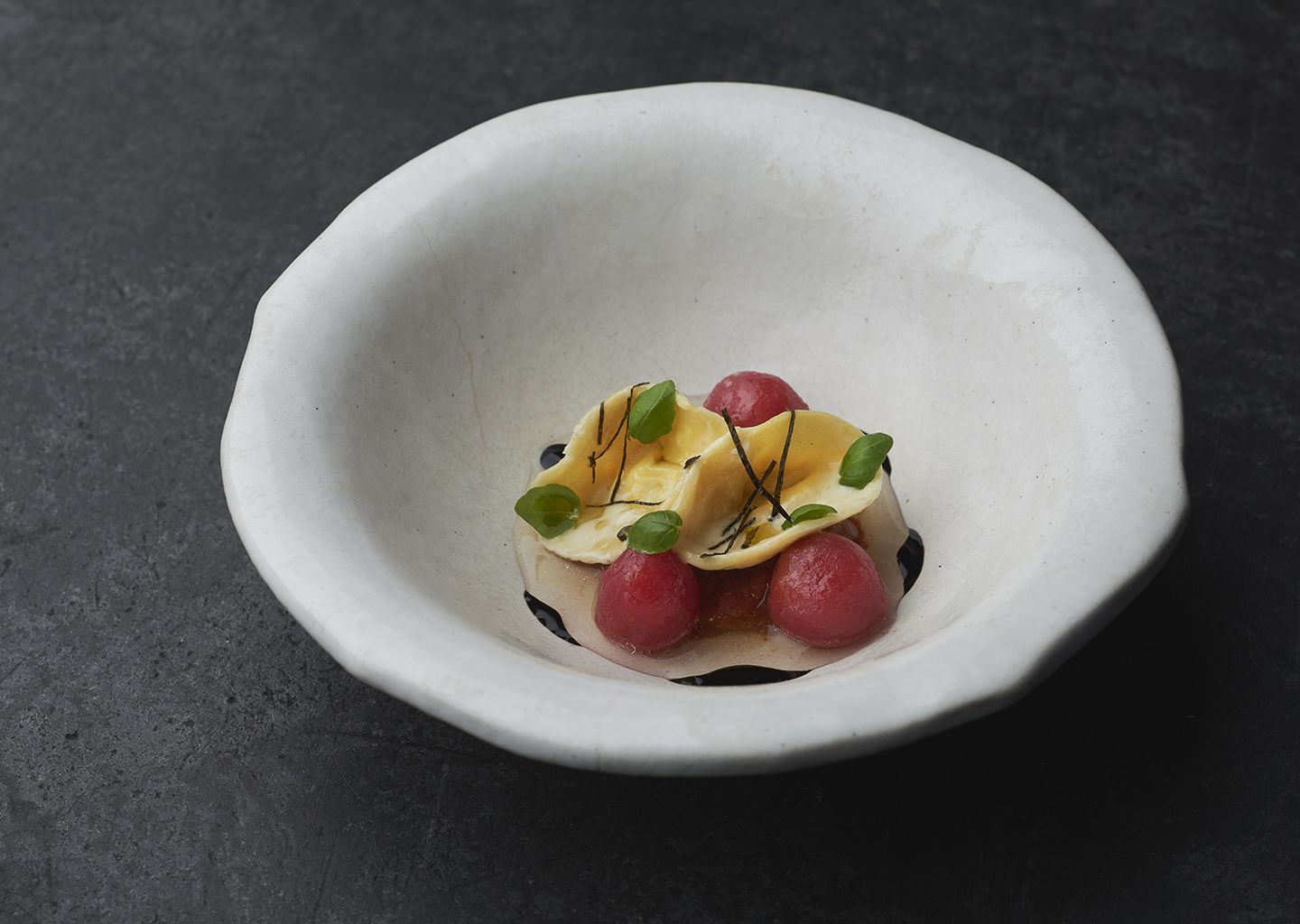These Singaporean farms are making their impact felt in the local food scene
Singapore’s agriculture sector contributes less than one per cent of the country’s GDP per capita and more than 90 per cent of our food is imported. It’s on a path of slow and steady growth but that is not to say local farms have not been innovative with growing vegetables and herbs, of which some are good enough to for a host of fine dining restaurants.

SUSTENIR AGRICULTURE
Sustenir Agriculture grows four tonnes (4,000kg) of veggies and strawberries per month. This new farm supplies its strawberries to the likes of one-Michelin-starred Labyrinth, arugula to Fat Prince, and kale to Tung Lok restaurants, Summerlong and Origin Grill. The total volume of produce supplied to about 12 restaurants presently is approximately 800kg.
Co-founder Benjamin Swan says, “we are the first farm ever to successfully grow strawberries in Singapore; we have learnt how to naturally adapt the flavour of our produce to match the requirements of our customers, resulting in the cleanest, freshest and tastiest locally-grown fruit and vegetables on the market.
He said the company decided to start with kale because it’s notoriously difficult to grow, and he knew that if they succeeded, they would be in a good place in terms of how far they could push the limits of vertical farming. Sustenir is expanding to Hong Kong later this year, making them the world’s first international indoor vertical farm.


